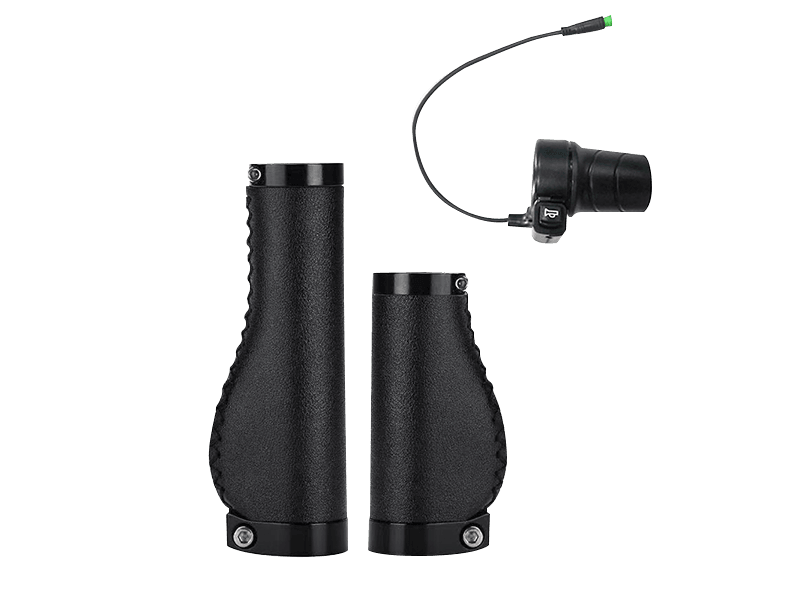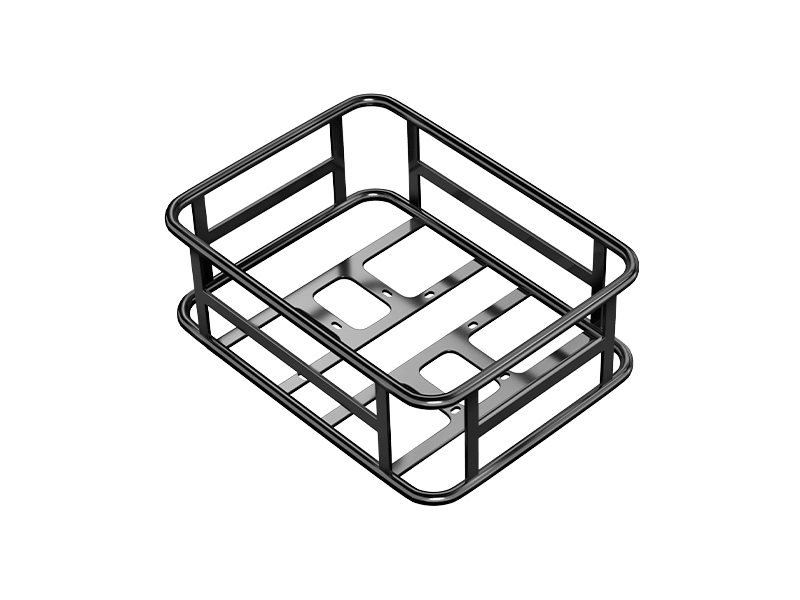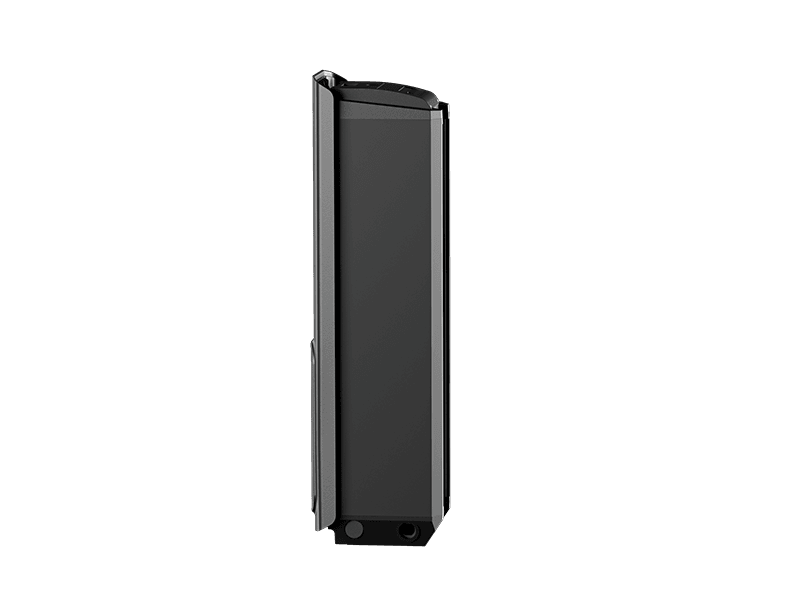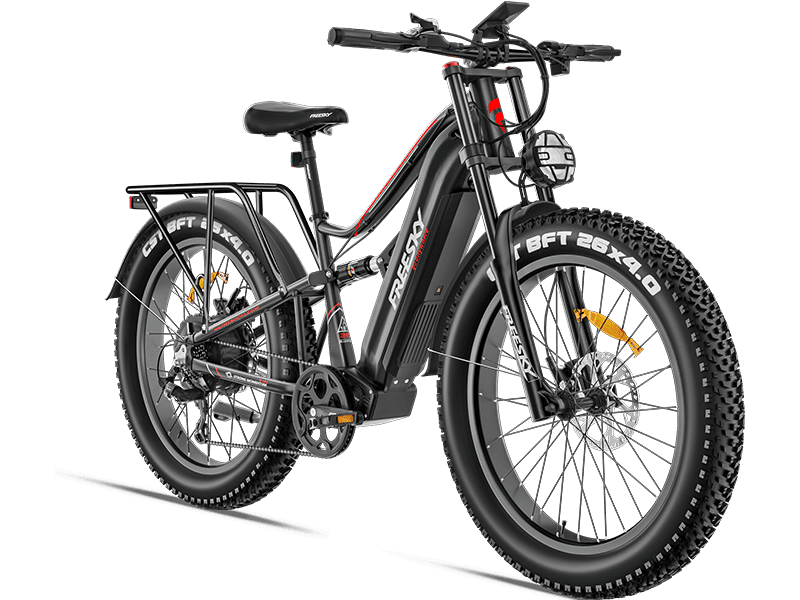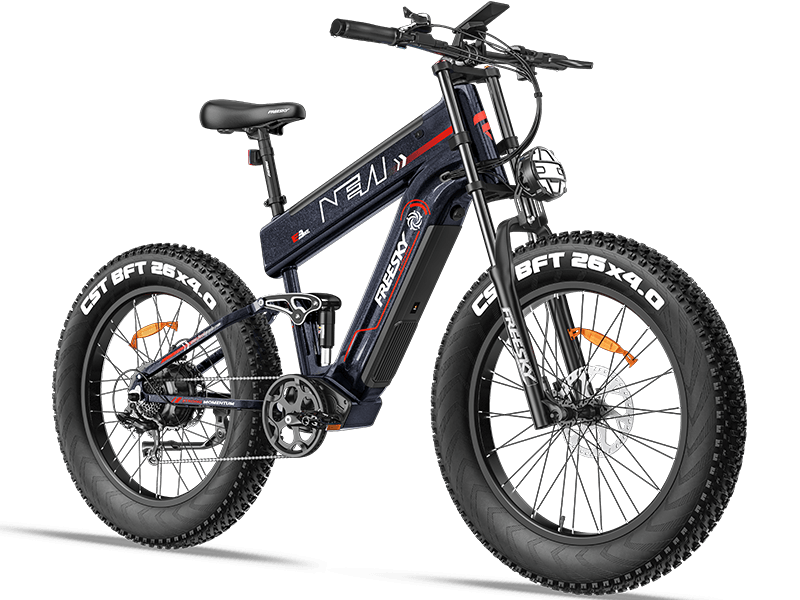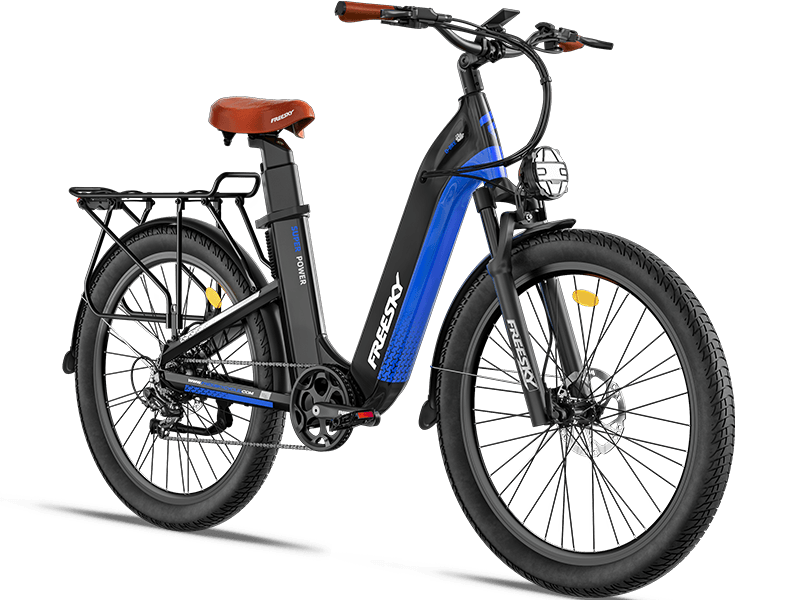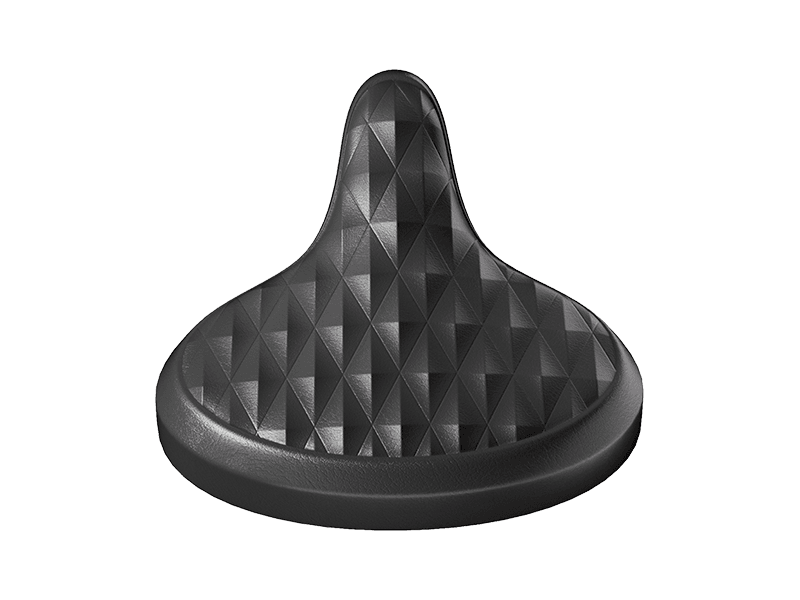Ultimate Guide: How to Clean and Maintain Your Ebike for Peak Performance
OCT 06, 2025
Keeping your electric bike clean isn’t just about appearance—it’s essential for safety, performance, and longevity. Dirt, dust, and mud can accumulate on your bike during rides, especially on city streets, gravel paths, or off-road trails. If left unattended, this buildup can affect the drivetrain, brakes, and electronics, reducing efficiency and causing wear over time.
Step 1: Pre-Cleaning Preparation
Power Down and Remove the Battery
- Always turn off your e-bike before cleaning.
- Remove the battery if possible and store it in a dry area.
- Ensure battery contacts and compartment are protected from water.
Protect Sensitive Electronics
- Remove or cover detachable displays, sensors, and accessories.
- If components can’t be removed, wrap them in a waterproof cloth or bag.
Choose the Right Cleaning Spot
- Pick a shaded, ventilated area to prevent soap streaks or water spots.
- Make sure there’s enough room to move around your bike and access water.
Gather Cleaning Supplies
- Soft brushes and sponges for delicate surfaces.
- Two buckets: one for soapy water, one for rinsing.
- Mild soap or bike-specific cleaner.
- Hose with gentle spray or watering can (avoid high-pressure water near electronics).
- Microfiber cloths for drying.
- Chain lubricant for post-cleaning maintenance.
⚠️ Avoid strong chemicals or pressure washers—they can damage the bike’s motor, battery, or display.
Step 2: Cleaning Process
Rinse Off Loose Dirt
- Use a damp sponge or cloth to wipe away surface dirt.
- Avoid spraying directly on electronic components or bearings.
Apply Soap and Scrub
- Mix mild soap in warm water.
- Start at the top of the bike and scrub downward.
- Use separate brushes for tires and rims if heavily soiled.
Clean the Drivetrain
- Pay attention to the chain, gears, and derailleur.
- Use a small brush and rotate pedals backward.
- Minimize water exposure to prevent rust.
Wipe Electronics Carefully
- Lightly dampen a cloth and wipe battery casing, motor, and display.
- Do not soak or allow water to drip into openings.
Rinse Off Soap
- Use a clean cloth or sponge to remove soap residue.
- Work from top to bottom, being careful around sensitive areas.
Step 3: Drying Your Ebike
- Wipe the bike with microfiber cloths, focusing on frame joints and crevices.
- Let the bike air-dry in a ventilated area away from direct sunlight.
- Tilt or shake the bike gently to remove trapped water.
- Finish with a dry cloth to catch remaining moisture.
Step 4: Post-Cleaning Maintenance
- Reattach the battery and electronics once fully dry.
- Apply chain lubricant sparingly, rotating pedals backward.
- Wipe off any excess to avoid attracting dirt.
- Check tire pressure and inflate to the recommended PSI.
- Test brakes, shifting, and motor assist before riding.
Additional Ebike Care Tips
- Perform regular inspections of brakes, tires, drivetrain, and electronics.
- Store your bike in a dry, temperature-controlled environment.
- Avoid deep battery discharges and follow manufacturer charging guidelines.
- Consider professional servicing annually, particularly for motors and battery systems.
Frequently Asked Questions
How often should I clean my e-bike?
- After muddy or dusty rides, or at least every few weeks for general upkeep.
What if water gets into electronics?
- Disconnect the battery, dry components, and allow the bike to air-dry completely.
Can household cleaners be used?
- Mild soap or bike-specific cleaners are safest. Harsh chemicals may damage paint or electronics.
How can I protect the bike’s finish?
- Applying bike polish or wax helps repel dirt and water and makes future cleaning easier.
Best way to lubricate the chain?
- Apply bike-specific lubricant to each link while rotating pedals backward, then wipe off excess.
By following these steps, you can keep any e-bike performing at its best, extend component life, and reduce the risk of mechanical issues. Regular cleaning and maintenance make every ride smoother, safer, and more enjoyable.


